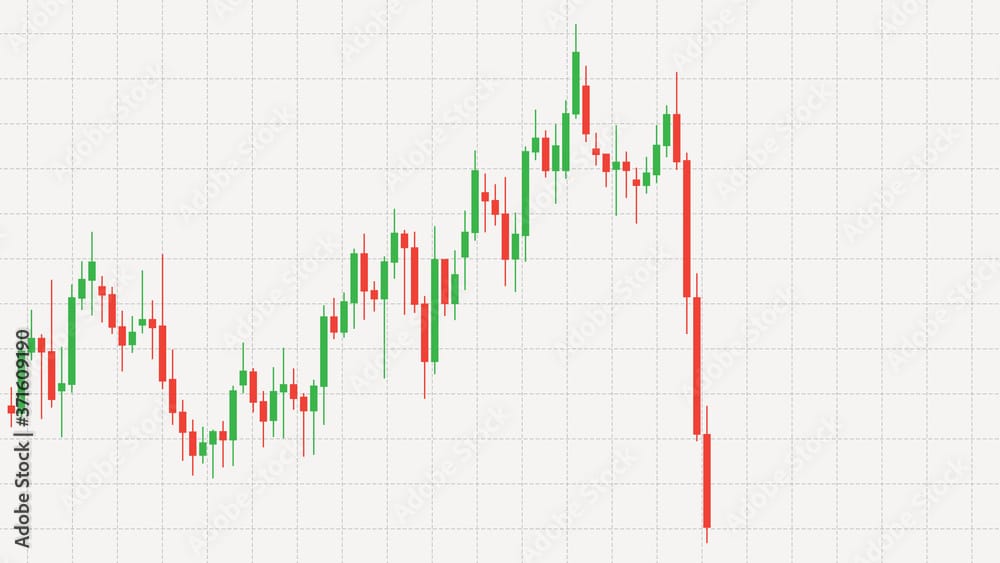The Federal Reserve, the central banking system of the United States, plays a crucial role in shaping the nation’s economic landscape through its monetary policy decisions, particularly regarding interest rates. Recently, the Fed’s game plan on interest rate cuts has been evolving, driven by fluctuating economic indicators and external pressures. This shift raises questions about the future trajectory of the U.S. economy and the central bank’s strategy for achieving its dual mandate of maximum employment and stable prices.
In the wake of the COVID-19 pandemic, the Fed implemented a series of aggressive interest rate cuts to support the economy during a period of unprecedented uncertainty. These cuts aimed to lower borrowing costs for consumers and businesses, thereby stimulating economic activity. However, as the economy began to recover, concerns about inflation started to emerge. The rapid increase in consumer prices raised alarms among policymakers, leading to a reevaluation of the Fed’s approach to interest rates.
As inflationary pressures persisted, the Fed signaled a shift in its strategy. Initially, the central bank indicated that it would maintain its accommodative stance, keeping interest rates near zero to support ongoing recovery. Nevertheless, as inflation continued to exceed the Fed’s target of 2%, officials began to consider the possibility of interest rate hikes sooner than previously anticipated. This change in tone marked a departure from the Fed’s earlier commitment to maintaining low rates for an extended period.
The decision-making process at the Federal Reserve is complex and multifaceted. Various factors influence the Fed’s approach to interest rate adjustments, including employment data, consumer spending patterns, and global economic developments. In recent months, the labor market has shown signs of strength, with unemployment rates falling and job growth remaining robust. However, the Fed must balance these positive indicators against the backdrop of rising inflation, which has been driven by supply chain disruptions, increased demand, and higher energy prices.
As the Fed navigates this challenging landscape, it faces pressure from multiple stakeholders. Policymakers must carefully consider the potential impact of interest rate cuts or hikes on various sectors of the economy. For instance, while lower rates may benefit borrowers and stimulate spending, they could also exacerbate inflationary pressures. Conversely, raising rates too quickly could hinder economic growth and lead to job losses.
The Fed’s evolving strategy on interest rates also reflects broader economic uncertainties. Global events, such as geopolitical tensions, trade disputes, and the ongoing effects of the pandemic, can significantly influence the U.S. economy and the Fed’s policy decisions. As the central bank assesses these external factors, it must remain vigilant in monitoring domestic economic indicators to inform its approach to interest rate adjustments.
In addition to economic data, the Fed’s communication strategy plays a vital role in shaping market expectations. Clear and transparent communication is essential for maintaining credibility and guiding investors’ perceptions of future monetary policy. As the central bank navigates its shifting game plan, it will need to articulate its rationale for any changes in interest rates to avoid market volatility and uncertainty.
Looking ahead, the Federal Reserve’s approach to interest rate cuts will likely continue to evolve in response to changing economic conditions. As inflation remains a key concern, the central bank may have to adopt a more aggressive stance in its policy decisions. However, the Fed must also weigh the risks associated with tightening monetary policy too quickly, as doing so could stifle the ongoing recovery and lead to negative consequences for employment and growth.
In conclusion, the Federal Reserve’s game plan regarding interest rate cuts is in a state of flux, influenced by a myriad of economic factors and external pressures. As the central bank grapples with the complexities of the current financial landscape, its decision-making will be critical in shaping the future trajectory of the U.S. economy. Policymakers must strike a delicate balance between supporting growth and addressing inflationary pressures, ensuring that their actions align with the overarching goals of economic stability and prosperity.



